This article was medically reviewed by Sarah Gehrke, RN, MS. Sarah Gehrke is a Registered Nurse and Licensed Massage Therapist in Texas. Sarah has over 10 years of experience teaching and practicing phlebotomy and intravenous (IV) therapy using physical, psychological, and emotional support. She received her Massage Therapist License from the Amarillo Massage Therapy Institute in 2008 and a M.S. in Nursing from the University of Phoenix in 2013.
wikiHow marks an article as reader-approved once it receives enough positive feedback. In this case, 84% of readers who voted found the article helpful, earning it our reader-approved status.
This article has been viewed 666,009 times.
Platelets play an important part in your body's ability to stop bleeding, heal wounds, and more. If you have a low platelet count, you may be able to increase it by making changes to your diet, although your doctor may advise medical intervention, as well.
Steps
Understanding Thrombocytopenia
-
1Visit a doctor. The first step to understanding and treating any medical disorder (thrombocytopenia included) is to visit the doctor's office. In addition to accurately diagnosing your disease, medical professionals can also help you decide on a treatment plan that suits your needs. If your doctor believes you have low platelet levels, s/he will most likely recommend you for blood tests and a physical exam to determine your platelet level.
- Even if you're sure that you have a low platelet count, it's highly advised that you seek the professional opinion of a doctor before proceeding with a treatment plan. Some of thrombocytopenia's symptoms aren't unique to the disorder. In addition, sometimes low platelet levels do not give any external symptoms.
-
2Look for symptoms of low platelet count. A normal platelet range is 150,000 to 450,000 platelets per microliter of blood. Platelet levels below this range do not necessarily lead to noticeable symptoms. However, even patients without symptoms can respond to treatment, showing increased platelet production. In many cases, though, thrombocytopenia can be accompanied by a wide variety of symptoms. Because platelets are involved in blood clot formation, many of the symptoms of a low platelet count are caused by the body's inability to to control bleeding. Common symptoms of thrombocytopenia are:
- Prolonged bleeding from minor cuts and scrapes or after surgery, etc.
- Nosebleeds
- Bleeding mouth or gums (especially after brushing teeth)
- Extremely heavy menstrual bleeding
- Blood in urine or stool
- Unexplained bruises or small, red spots on the skin called petechiae.
Advertisement -
3Understand the causes of a low platelet count. Thrombocytopenia does not have one single cause. It can have a variety of natural and artificial origins. It can even be the result of a more serious disease. Because of this, it's especially important to investigate cases of thrombocytopenia with your doctor to determine the cause. Here are some of the most common causes of thrombocytopenia:[1]
- Inherited (genetic) disorders
- Bone marrow disease (leukemia, etc.) or disfunction
- Enlarged/poorly functioning spleen
- Side-effect of a medication or treatment you are currently taking (radiation, etc.)
- Autoimmune disease (lupus, arthritis, AIDS, ITP, etc.)
- Bacterial infection in the blood
- Pregnancy and childbirth (though in these cases thrombocytopenia is usually mild)
- TTP (thrombotic thrombocytopenic purpura), a rare condition where the body's platelets are used up when many small clots form throughout the body
Treating Thrombocytopenia Medically
-
1Talk to your doctor about the medications you're taking. Because thrombocytopenia has numerous possible causes, the treatment plan your doctor assigns you will vary based on the root cause of your low platelet count. Sometimes, treatment plans are relatively simple - if your doctor determines your thrombocytopenia is a side-effect of a medicine you're taking, you may only need to discontinue or change your medication.
- Note that in the cases of some powerful anti-coagulants like heparin, platelet count may not increase when you stop taking the medication. You may need to take additional medications to recover.
-
2Boost platelet levels via medication. Doctors may prescribe certain medicines that boost platelet production to combat thrombocytopenia. These medicines, including eltrombopag and romiplostim, come in a variety of forms - they may be given as pills or injections. They may also be given in conjunction with one of the many other treatment options for thrombocytopenia, depending on its specific cause.
-
3Receive steroid treatment. Steroids can reduce the function of the body's immune system.[2] Because of this, they are useful for treating thrombocytopenia is caused by an autoimmune disorder - a disorder wherein the body's immune system mistakenly attacks the body itself rather than foreign pathogens. Since steroids weaken the immune system, they can ease the effects of an autoimmune-related case of thrombocytopenia. However, a weakened immune system is at a greater risk of infection, so additional treatments may be necessary to offset this new risk.
- Note that the steroids that doctors would prescribe in this case (such as prednisone) are different from the ones used illegally by athletes to boost physical performance.
- In more extreme cases of autoimmune thrombocytopenia, a doctor may prescribe intravenous immunoglobulin (IVIG) or antibodies to further slow the body's immune response.
-
4Undergo plasma exchange or plasmapheresis. In rarer blood disorders associated with thrombocytopenia (like TTP and Hemolytic-uremic syndrome (HUS)), doctors may recommend a procedure involving the treatment of a patient's blood plasma.[3] Plasma is the portion of the blood that contains, among other things, autoantibodies, the malfunctioning components of the immune system that result in autoimmune diseases. Because of this, treating or replacing a patient's plasma can be effective in treating both blood disorders and autoimmune diseases. Plasma exchange and plasmapheresis are related but distinct procedures used to treat a patient's blood plasma.
- In plasma exchange, the patient's blood is separated into blood cells and plasma. The plasma is discarded and replaced with plasma from a donor, a saline solution, or albumin. This is done gradually so as not to remove too much of the patient's blood at any one time.
- In plasmapheresis, after being separated from the blood cells, the patient's plasma is treated, then returned to the patient.
-
5Remove the spleen. Thrombocytopenia cases that are especially resistant may require a surgery called a splenectomy where a doctor removes the spleen from the body. Though the function of the spleen isn't 100% understood, scientists do know that it functions as a filter for the blood, removing old red blood cells and platelets from the blood stream. In some cases, the spleen becomes enlarged and removes more platelets from the bloodstream than normal, leading to thrombocytopenia. A splenectomy surgery can remedy this; however, doctors will generally try more conservative treatment options first, as there is no way to undo a splenectomy.
- On average, splenectomies are successful about 66 percent of the time. However, over time, it is possible for thrombocytopenia to return.
- People under the age of 40 who undergo a splenectomy have a better chance of increasing their platelet count.
- Following a splenectomy, platelet counts often become abnormally high, leading to a condition called thrombocytosis.[4] In severe and/or prolonged cases, this can cause its own set of problems.
-
6Get a platelet transfusion. If you have fewer than 50,000 platelets per microliter of blood and are suffering from active bleeding or hemorrhaging, a doctor may recommend a platelet or blood transfusion to reduce bleeding. Alternatively, if you have fewer than 50,000 platelets per microliter of blood and are not actively bleeding but must undergo surgery, your doctor may also prescribe a transfusion. In either case, the doctor inserts an IV into a blood vessel and healthy blood or platelets are fed directly into the bloodstream.
- Doctors may prescribe a transfusion even when you are not currently bleeding and not scheduled for surgery. However, this is usually reserved for patients with fewer than 10,000 platelets per microliter of blood.
-
7Do nothing. Not every case of thrombocytopenia warrants treatment. For instance, if your platelet count is low because you're pregnant, you may simply choose to wait until after the baby is delivered to see if your platelet count increases. Mild cases of thrombocytopenia may not even result in noticeable symptoms - you may not even suffer from increased bleeding. In cases like these, when the condition is likely to improve in the near future or when your life is not impacted in any way, your doctor may recommend a very conservative (or non-existent) treatment plan.
Treating Thrombocytopenia with Lifestyle Changes
-
1Supplement your diet with vitamin B12 and folic acid. Vitamin B12 and folic acid are two nutrients necessary for the healthy production of a variety of blood elements, including platelets.[5] Because the body can't store very much of these nutrients, it's important to ensure you consume these nutrients frequently. To boost your body's supply of B12 and folic acid, take dietary supplements that contain these nutrients or eat foods high in these vitamins.
- Foods such a spinach, citrus fruits, kiwis, and dried beans are high in folate, while eggs, milk, cheese, liver, and mutton are high in vitamin B12.
-
2Reduce or eliminate alcohol consumption. Alcohol interferes with normal platelet production and function. The immediate effect of alcohol consumption (in normal users) is to decrease platelet response within 10 to 20 minutes of ingestion.[6] However, in severe alcoholics, platelet function is actually markedly increased, which can lead to separate health issues.[7] In either case, reduction of alcohol use can help return platelet function to normal.
-
3Reduce activities that can cause bleeding. If you suffer from clinically low platelet levels, you will want to avoid bleeding, which can be difficult to stop and can result in potentially dangerous complications. This may mean that you should avoid contact sports, woodworking, construction work, or other physical activities where the chance of injury is relatively high.
-
4Ask your doctor about over-the-counter pain medications. Some common, commercially available medicines, especially ones containing aspirin or ibuprofen, can inhibit platelet production and function. For instance, aspirin reduces the ability of platelets to bind to each other by blocking the function of certain crucial protein structures on the platelets, inhibiting blood clot formation.[8] In these cases, your doctor may recommend you cease taking these medicines or may recommend a suitable alternative.
Expert Q&A
-
QuestionHow low can my platelet count go before it is life threatening?
 Mandolin S. Ziadie, MDDr. Ziadie is a board certified Pathologist in South Florida. She specializes in renal, transplant, and pediatric Pathology and has over 12 years of experience. She earned her medical degree from the University of Miami School of Medicine in 2004 and completed her fellowship in Pediatric Pathology at Children’s Medical Center in 2010.
Mandolin S. Ziadie, MDDr. Ziadie is a board certified Pathologist in South Florida. She specializes in renal, transplant, and pediatric Pathology and has over 12 years of experience. She earned her medical degree from the University of Miami School of Medicine in 2004 and completed her fellowship in Pediatric Pathology at Children’s Medical Center in 2010.
Board Certified Pathologist A platelet count below approximately 50,000 is considered life threatening and requires immediate treatment.
A platelet count below approximately 50,000 is considered life threatening and requires immediate treatment. -
QuestionWhat are common symptoms of thrombocytopenia?
 Mandolin S. Ziadie, MDDr. Ziadie is a board certified Pathologist in South Florida. She specializes in renal, transplant, and pediatric Pathology and has over 12 years of experience. She earned her medical degree from the University of Miami School of Medicine in 2004 and completed her fellowship in Pediatric Pathology at Children’s Medical Center in 2010.
Mandolin S. Ziadie, MDDr. Ziadie is a board certified Pathologist in South Florida. She specializes in renal, transplant, and pediatric Pathology and has over 12 years of experience. She earned her medical degree from the University of Miami School of Medicine in 2004 and completed her fellowship in Pediatric Pathology at Children’s Medical Center in 2010.
Board Certified Pathologist Thrombocytopenia causes you to bleed easily. Symptoms may include nosebleeds, periods that are longer or heavier than usual, easy bruising, tiny red spots on your skin (non-itchy), or blood in the urine or stool. People with minor forms of thrombocytopenia may not have any symptoms that they notice.
Thrombocytopenia causes you to bleed easily. Symptoms may include nosebleeds, periods that are longer or heavier than usual, easy bruising, tiny red spots on your skin (non-itchy), or blood in the urine or stool. People with minor forms of thrombocytopenia may not have any symptoms that they notice. -
QuestionI am pregnant and have a low platelet count. Will this harm the baby?
 Sarah Gehrke, RN, MSSarah Gehrke is a Registered Nurse and Licensed Massage Therapist in Texas. Sarah has over 10 years of experience teaching and practicing phlebotomy and intravenous (IV) therapy using physical, psychological, and emotional support. She received her Massage Therapist License from the Amarillo Massage Therapy Institute in 2008 and a M.S. in Nursing from the University of Phoenix in 2013.
Sarah Gehrke, RN, MSSarah Gehrke is a Registered Nurse and Licensed Massage Therapist in Texas. Sarah has over 10 years of experience teaching and practicing phlebotomy and intravenous (IV) therapy using physical, psychological, and emotional support. She received her Massage Therapist License from the Amarillo Massage Therapy Institute in 2008 and a M.S. in Nursing from the University of Phoenix in 2013.
Registered Nurse A low platelet count does not prevent a woman from delivering a healthy baby. However, the situation does require special attention and close coordination between the woman’s hematologist, obstetrician, and pediatrician.
A low platelet count does not prevent a woman from delivering a healthy baby. However, the situation does require special attention and close coordination between the woman’s hematologist, obstetrician, and pediatrician.
References
- ↑ https://my.clevelandclinic.org/health/diseases/14430-thrombocytopenia
- ↑ https://my.clevelandclinic.org/health/diseases/14430-thrombocytopenia
- ↑ https://www.healthdirect.gov.au/thrombocytopenia
- ↑ http://www.ncbi.nlm.nih.gov/pmc/articles/PMC2626351/
- ↑ http://www.netdoctor.co.uk/diseases/facts/thrombocytopenia.htm
- ↑ http://www.ncbi.nlm.nih.gov/pubmed/8814972
- ↑ http://www.ncbi.nlm.nih.gov/pubmed/8814972
- ↑ http://www.ncbi.nlm.nih.gov/pubmed/9263351
About This Article
To increase your platelets when you have thrombocytopenia, your doctor may prescribe medication in the form of pills or injections. In cases where thrombocytopenia is causes by an autoimmune disorder, steroids can be useful in increasing platelets since they reduce the body’s immune system. In rarer blood disorders associated with thrombocytopenia, like TTP and Hemolytic-uremic syndrome (HUS), your doctor might recommend a blood plasma exchange. You can also help increase your platelets with dietary supplements, like vitamin B12 and folic acid. For more information from our Medical co-author on how to increase platelets, like getting a platelet transfusion, keep reading!

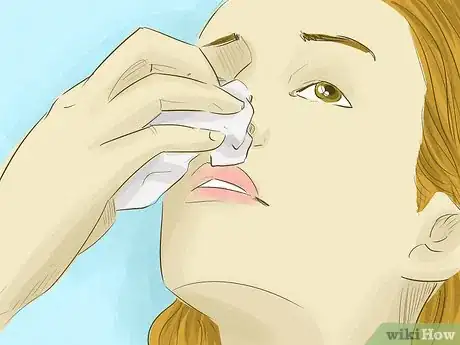
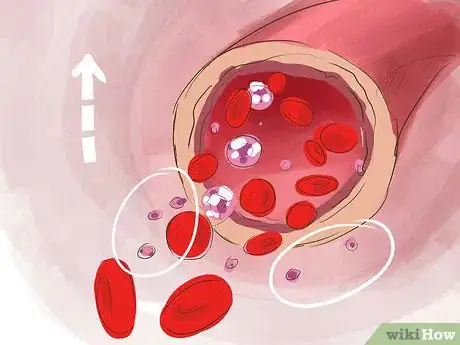
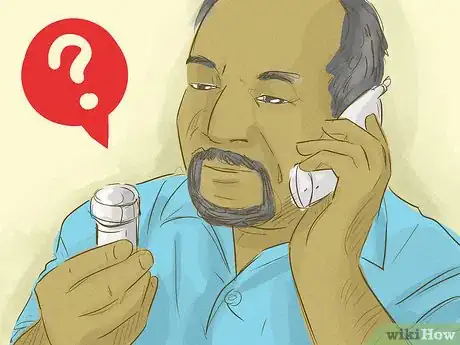

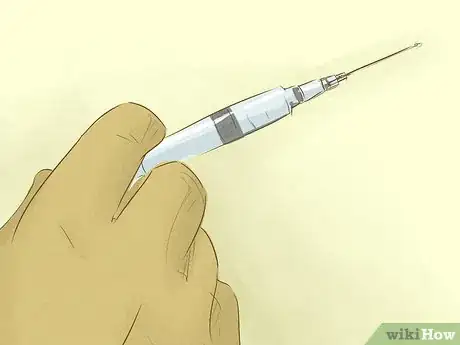

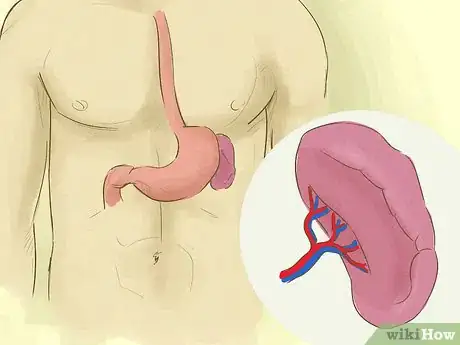
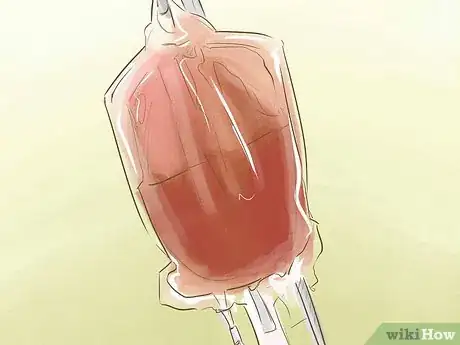




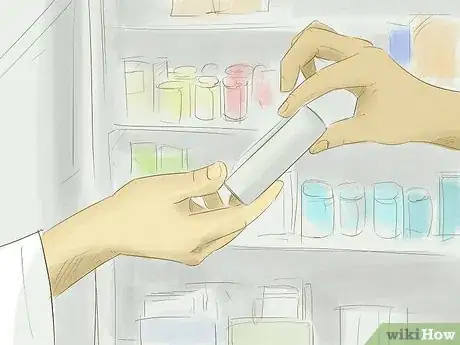




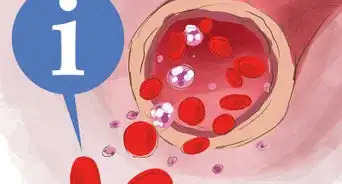
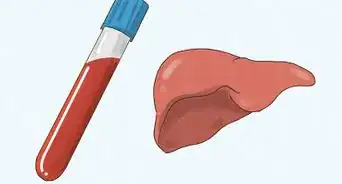

-Step-14-Version-2.webp)




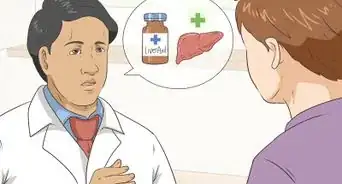


















































Medical Disclaimer
The content of this article is not intended to be a substitute for professional medical advice, examination, diagnosis, or treatment. You should always contact your doctor or other qualified healthcare professional before starting, changing, or stopping any kind of health treatment.
Read More...